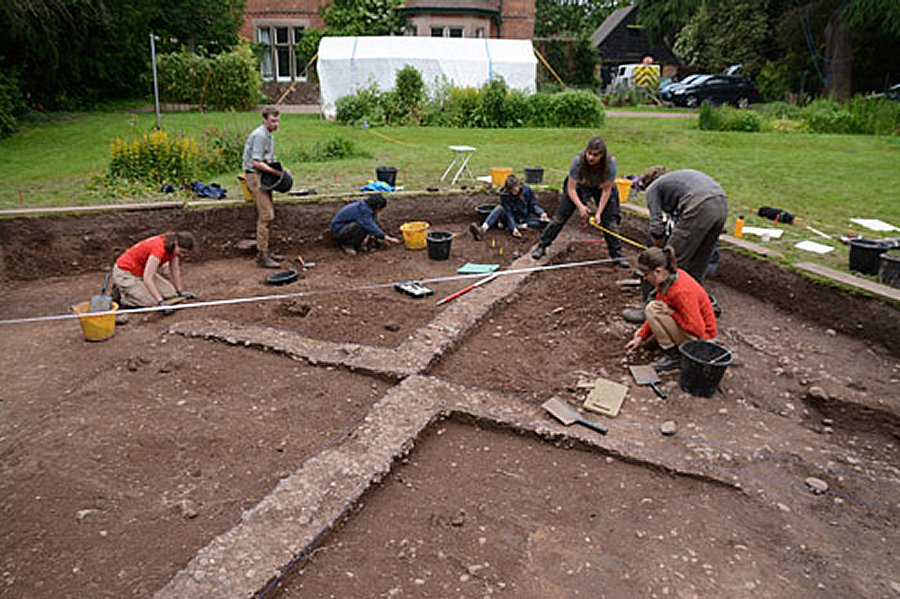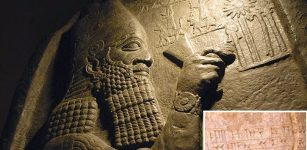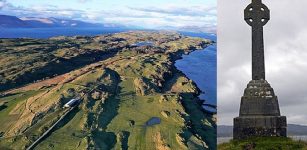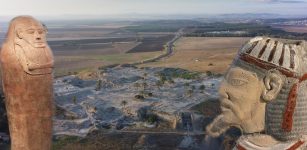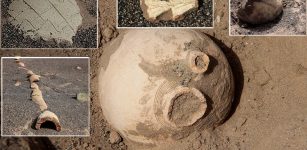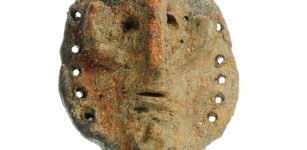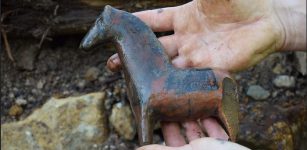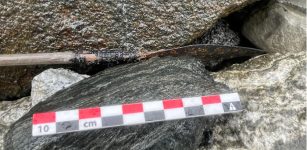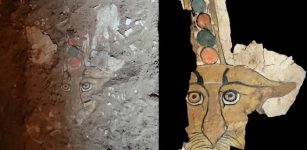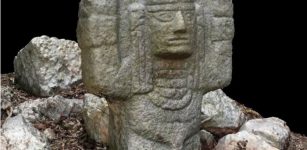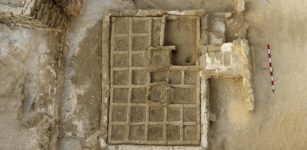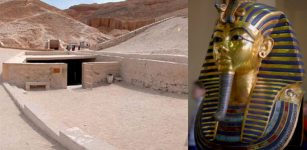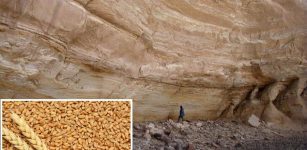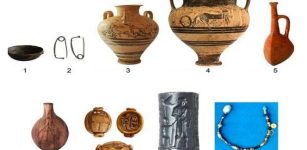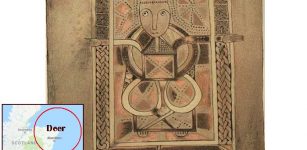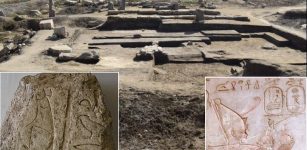Remains Of Viking Camp Unearthed At Historical Village Of Repton, England
AncientPages.com - A Viking camp dated to the winter of 873-4, have been unearthed by a team of archaeologists from the University of Bristol.
It is located in the small village of Repton, Derbyshire and has been known since the 1970s. Repton has long been a subject of excavations. An amateur excavator discovered the burial mound at Repton in the 17th century, and a Viking Axe was unearthed in 1924. In 1975, archaeologists uncovered a ‘D’ shaped enclosure on the banks of the Trent, covering around 1.5 hectares that was thought to be the Viking camp.

Left: Fragment of axe-head found in association with Viking camp material. Right: Arrowhead found in association with Viking camp material.Images credit: Cat Jarman, University of Bristol
The most recent excavations revealed a larger area with workshops and ship repairs.
According to the Anglo-Saxon Chronicle, in 873, the Great Army moved from Lindsey to Repton and there took winter quarters’, expelling the Mercian king Burghred, and annexing his kingdom. Repton was chosen partly because of its location on the river Trent, but also the location of a monastery that housed the remains of several Mercian kings.
Repton is a historical place. In the 17th century a grave was found in Repton containing the intact skeleton of a remarkably large man – supposedly nine feet tall – surrounded by the disarticulated remains of two hundred and fifty Vikings. Since it dates from the right time, and is clearly a figure of importance, some have speculated that the bones are – ironically given his nickname – the remains of Ivar the Boneless.
Recently, however, archaeologists began to consider the unearthed enclosure to be too small to house the Great Army, as another Viking camp at Torksey (Lincolnshire) covers around 26 hectares.
See also:
Huge Viking Winter Camp Unearthed In England
Ivar The Boneless: Famous Viking And Son Of Ragnar Lodbrok
Geophysics, including ground penetrating radar, revealed structures including paths, possible temporary buildings, gravel platform, fragments of Saxon millstones and a cross fragment from the monastery, broken pieces of weaponry (fragments of a battle-axes and arrows), evidence for metal working and numbers of nails, two of which had roves, the particular feature of Viking ship nails, as well as several lead gaming pieces.
These are of a type that has been found in large numbers at the camp in Torksey and appear to be specifically connected to the early Viking armies.
“It covered a much larger area than was once presumed – at least the area of the earlier monastery – and we are now starting to understand the wide range of activities that took place in these camps,” said Cat Jarman, a PhD student at the University of Bristol.
“Our dig shows there was a lot more to the Viking Camp at Repton than what we may have thought in the past.”
Using new radiocarbon dates and modern isotope data, it has been confirmed that the remains are dated to 873 and are consistent with a burial of Viking battle dead. The remains were placed in a deliberately damaged Saxon building along with Viking weapons and artifacts.
The building also contained evidence of use as a workshop by the Vikings before it was converted into a charnel house.
AncientPages.com
Expand for references
